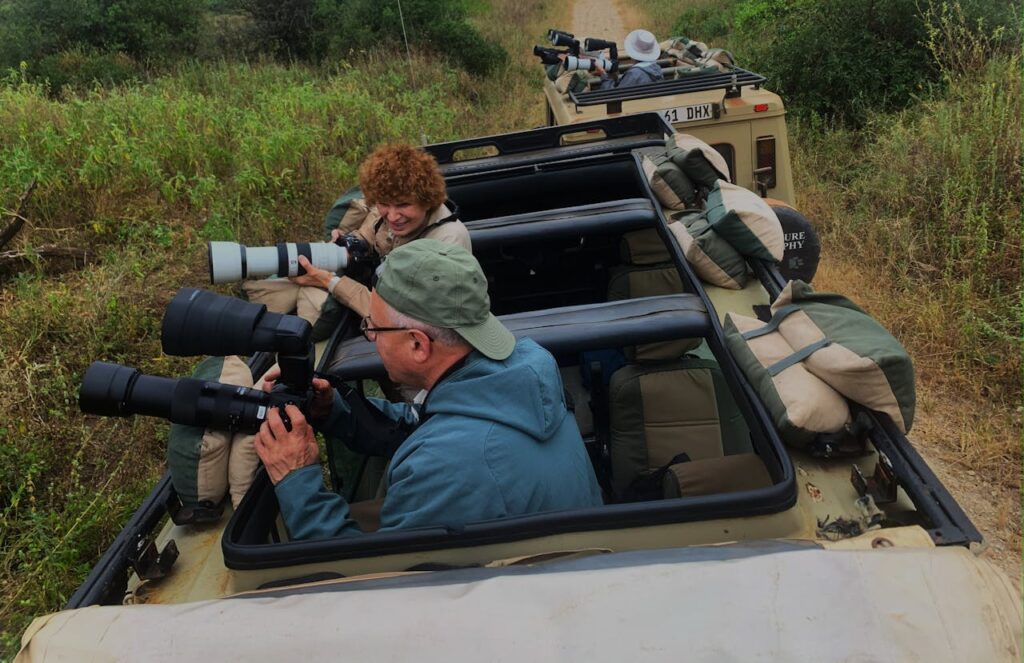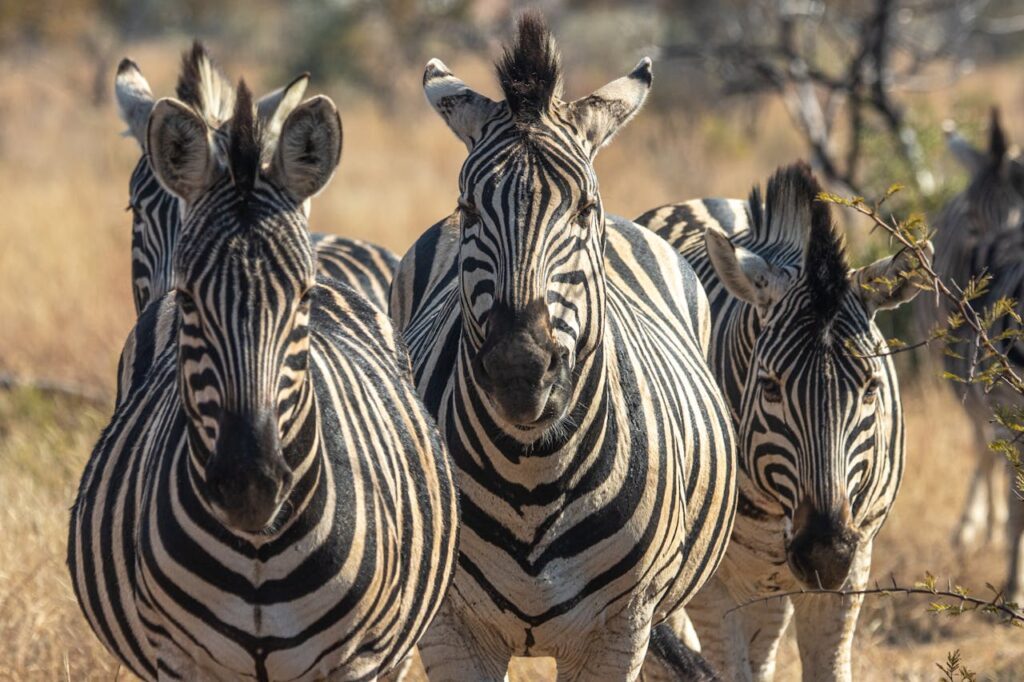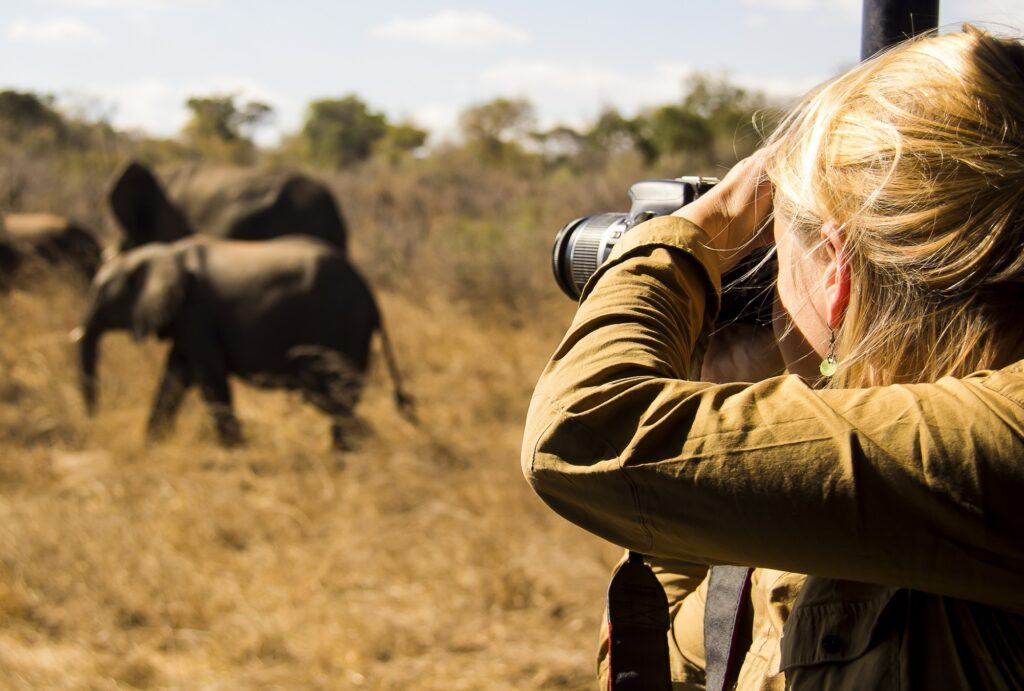
The first step to capturing the Big 5 on camera is ensuring you have the right equipment. Here’s a breakdown of the essentials:

Once you have the right gear, it’s time to focus on capturing compelling compositions. Here are some key aspects to consider:

Lighting plays a crucial role in wildlife photography. Here’s how to manage different lighting conditions on your safari:

Ethical wildlife photography goes hand-in-hand with respecting the animals and their environment.
Posted onVerified Could not have been better!! We arrived in Nairobi confused and not really sure what to expect but were met at the airport by Eunice who had organised a driver to take us to our accommodation and proceeded over the next day until we stated our Safari to assist us better than we could ever have hoped. Eunice got us to our Yellow Fever injections, which were a fraction of the cost in the UK, helped us occupy our day in Nairobi and, most importantly, organised our Safari guide for Kenya, John who was incredible. The only mistake we made was organising our accommodation in Nairobi as Eunice would have definitely found us something much better! Our Africa experience could not have got off to a better start and that was thanks to Eunice and Umani Bliss Safari's and we could not be more grateful.Posted onVerified Loved the Motherland!! First of all, the host is really great. We were an hour and a half away from the meet up spot and she helped me arrange a ride in Diani. Once there the driver explained the whole history of all the sites along the way. It was very very enlightening and taught us about the culture. So I read the reviews myself before booking. i was kind of leery because it said I wouldn't see dolphins. I didn't but I understand. It's not like it's a contained space you're literally out in the ocean. It's actually a marina park where you hope to see dolphins. And there's so many boats they probably scare them away. But overall, the excursion was good. I'd get on a bigger boat next time my husband got seasick, but we had the boat ride although the waters were chilly there was great because Unfortunately, the boat ride was somewhat choppy. My husband got seasick. But I enjoyed the snorkeling. One person elected to go diving she had never been in the guy who taught her and went out with her was excellent. The guide on our boat was excellent. Helped everybody in the water when snorkeling he helped take pictures of me. Overall it was a good experience. I will say don't pay for the shrimp and crab when you get on the island there itty-bitty. But the island folks are very Welcoming. The food was pretty good. Be careful going back down to the boat. Make sure to wear water shoes.Posted onVerified The best travle agency for Kenya and Tanzania Umani Bliss Safaris, made the best experiance for our family, including our kids 3 and 10 years old. We had a warm welcoming at the airport in Nairobi, with an amazing information about our trip. Feeling so seen, and serious of everything. Made the most fantastic trip from Nairobi to Naivasha for two days, back to Nairobi and a 5 hour drive to Masai Mara for 5 days enjoying all aspects of the most amazing safari including 5 star service all the way. We will be back for great adventures at Mombasa / Lamu and Diani this winter, Next year we have booked our trip also to Tanzania and Zanzibar for a great beach vacation. I will at all times recommend Umani Bliss Safaris for all imanigable trips in Kenya and Tanzania The best travle and most professional agency in my opinion. Best regards Klaus Malmgren
This unforgettable 13-day Kenyan adventure caters specifically to travelers with disabilities, offering a fully accessible exploration of the country's most breathtaking landscapes and wildlife.
Embark on a captivating journey that blends the majesty of Kenya's wildlife with the idyllic beauty of its pristine beaches. This unforgettable Amboseli safari and...
Embark on a captivating journey that blends the majesty of Kenya's wildlife with the idyllic beauty of its pristine beaches. This unforgettable Amboseli safari and...
This exciting 6-day Kenyan adventure is designed specifically for travelers with disabilities, offering a fully accessible exploration of some of the country's most breathtaking national...
This unforgettable 9-day Kenyan adventure is specifically designed for travelers with disabilities, offering a fully accessible exploration of the country's most breathtaking wildlife destinations.
This unforgettable 7-day adventure takes you to Kenya's most popular wildlife destinations, showcasing the country's diverse and magnificent animal kingdom.
Travel Further For Unforgettable Experiences.